Optimal Timing for Erosion Controls
Implementing erosion controls at the optimal time is crucial for effective soil stabilization and preventing environmental damage. Proper timing ensures that erosion mitigation measures are in place before significant weather events or land disturbances occur.
Erosion controls should be installed during the planning phase before construction begins to minimize soil disturbance.
Active land disturbance requires immediate erosion control measures to prevent sediment runoff.
After construction, erosion controls help stabilize the site and prevent future soil erosion.
Spring and fall are ideal seasons for implementing erosion controls due to moderate weather conditions.
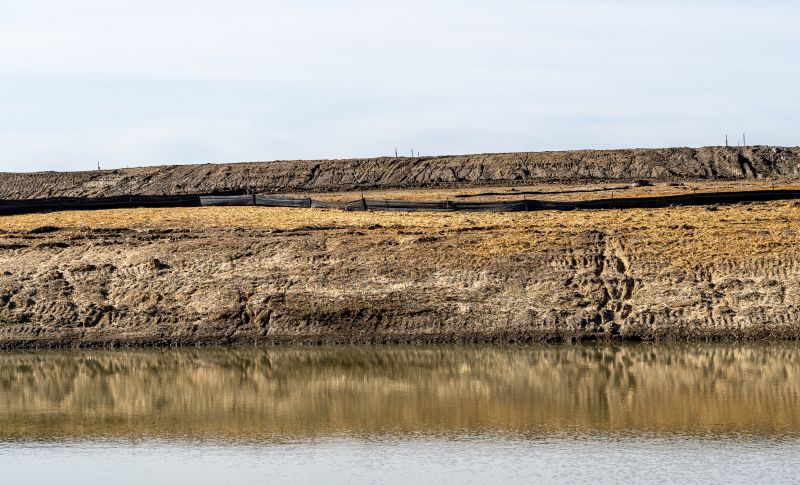
Workers installing silt fences along a construction site.

Seeded slopes with protective vegetation to prevent erosion.
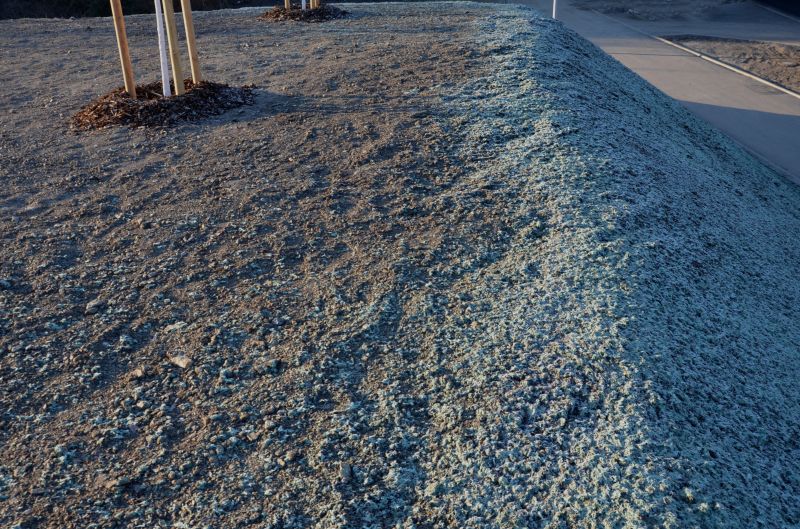
Applying mulch to stabilize soil on a disturbed site.
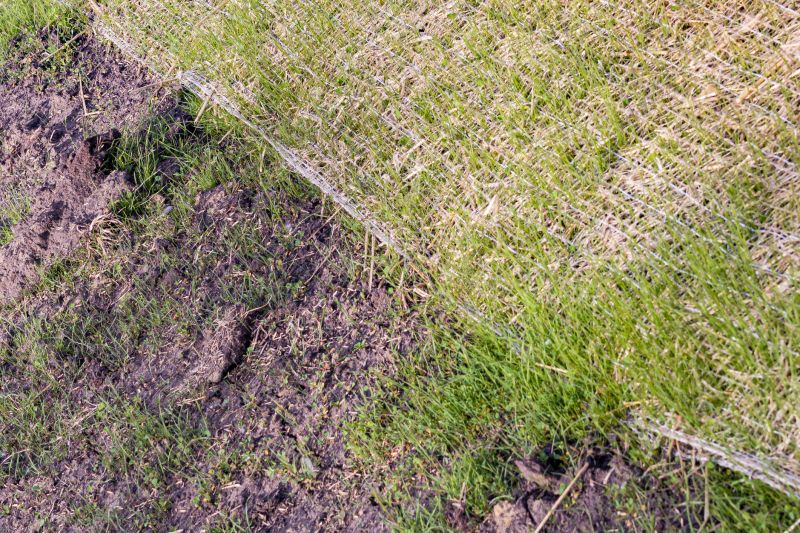
Ways to make Erosion Controls work in tight or awkward layouts.
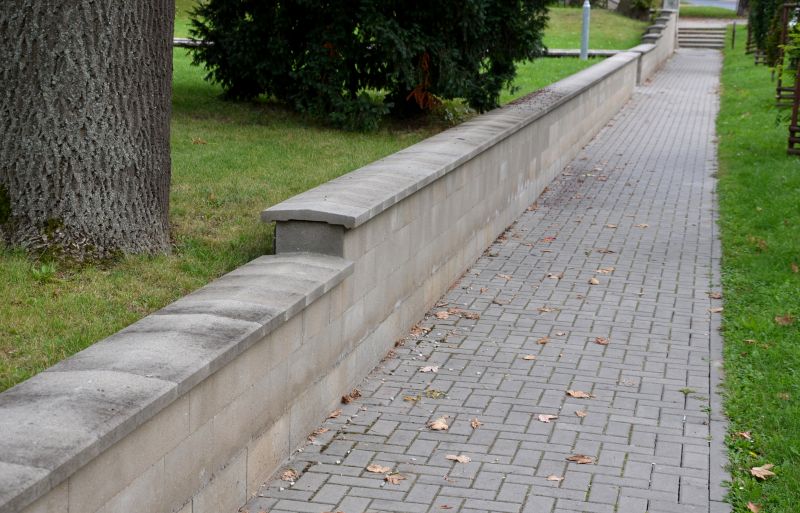
Popular materials for Erosion Controls and why they hold up over time.
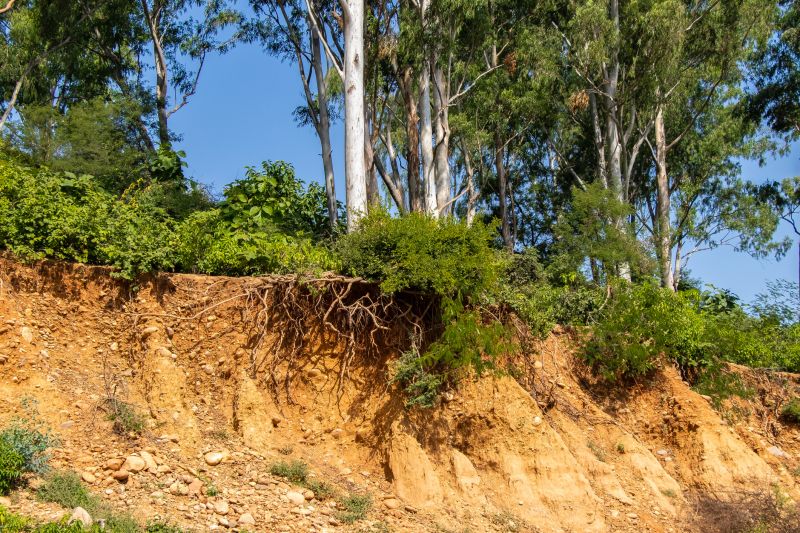
Simple add-ons that improve Erosion Controls without blowing the budget.
| Season | Recommended Erosion Control Measures |
|---|---|
| Spring | Install silt fences, seed disturbed areas, apply mulch |
| Summer | Maintain vegetative cover, monitor erosion control devices |
| Fall | Complete stabilization, reseed as needed |
| Winter | Inspect and repair existing controls, prepare for spring |
| Before Storms | Implement additional measures before heavy rainfall |
Erosion controls are essential for managing soil stability during construction, landscaping, or land development projects. They help prevent sediment runoff, protect water quality, and reduce land degradation. Effective erosion management involves selecting appropriate measures based on site conditions, weather patterns, and project timelines. Statistics indicate that proper erosion control practices can reduce sediment loss by up to 80%, significantly minimizing environmental impact and regulatory compliance issues.
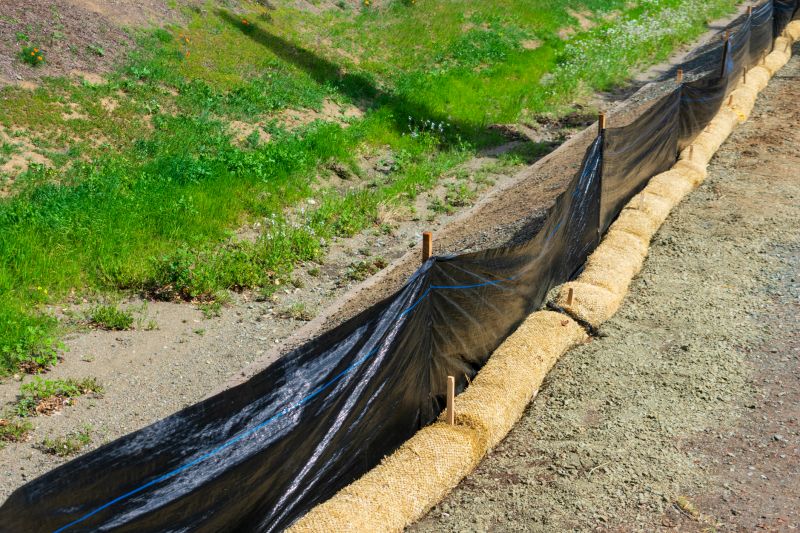
Silt fences installed along a construction perimeter.
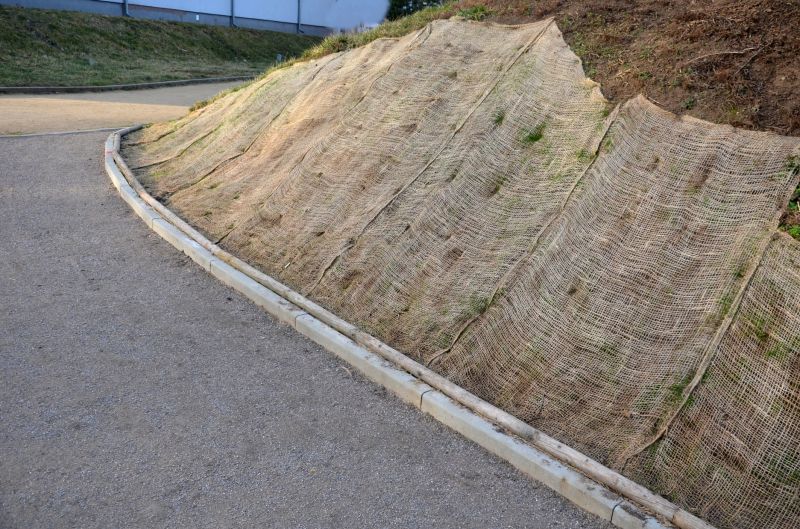
Geotextile mats stabilizing a slope.
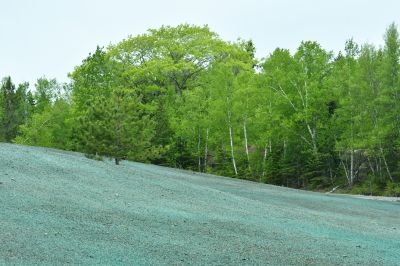
Grass growing on a newly seeded slope.
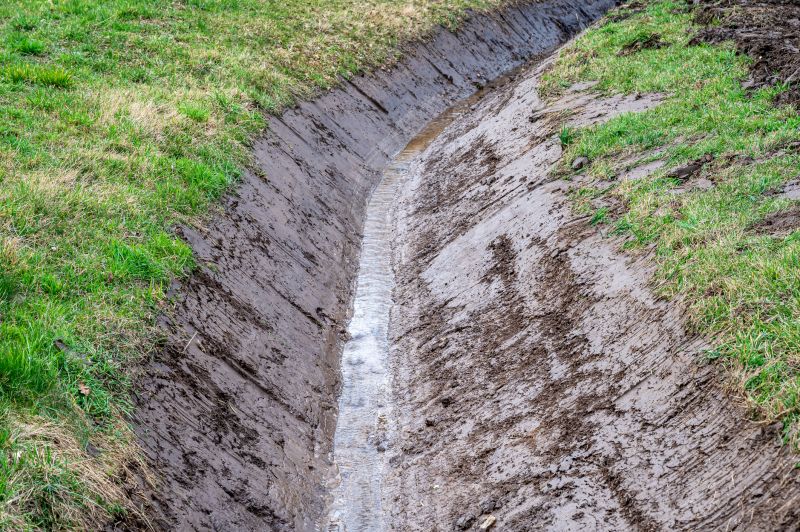
Constructed drainage ditches directing water flow.
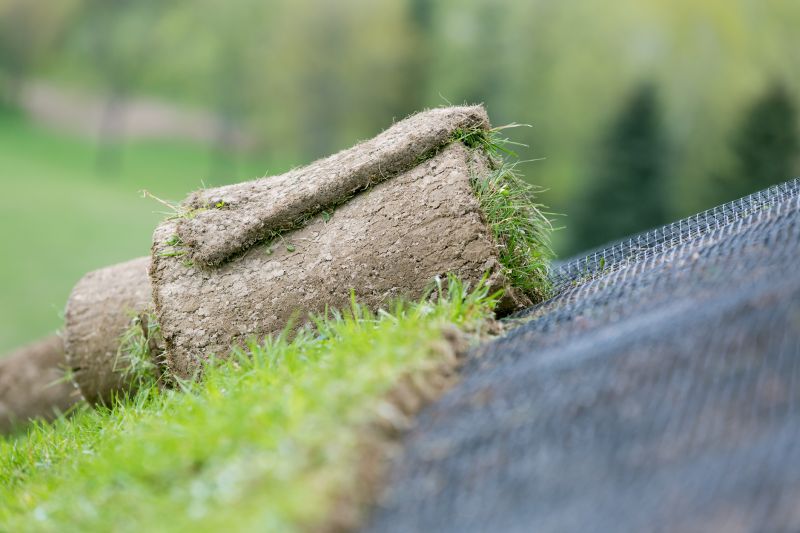
High-end options that actually feel worth it for Erosion Controls.
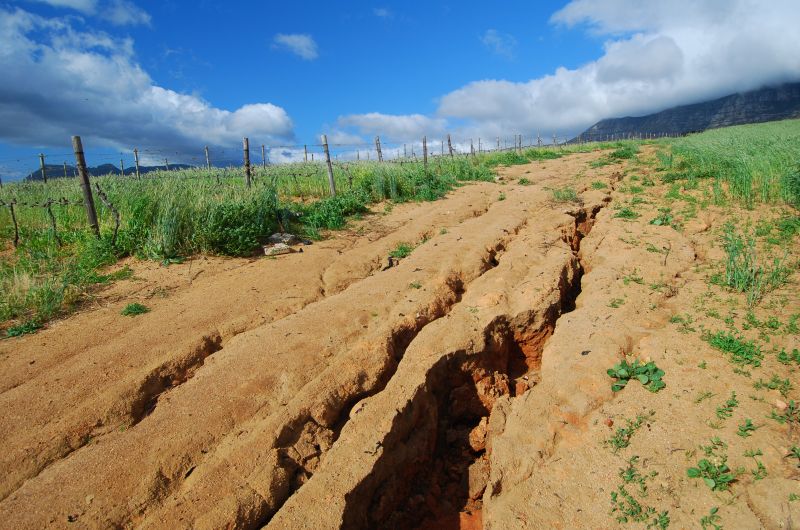
Finishes and colors that play nicely with Erosion Controls.
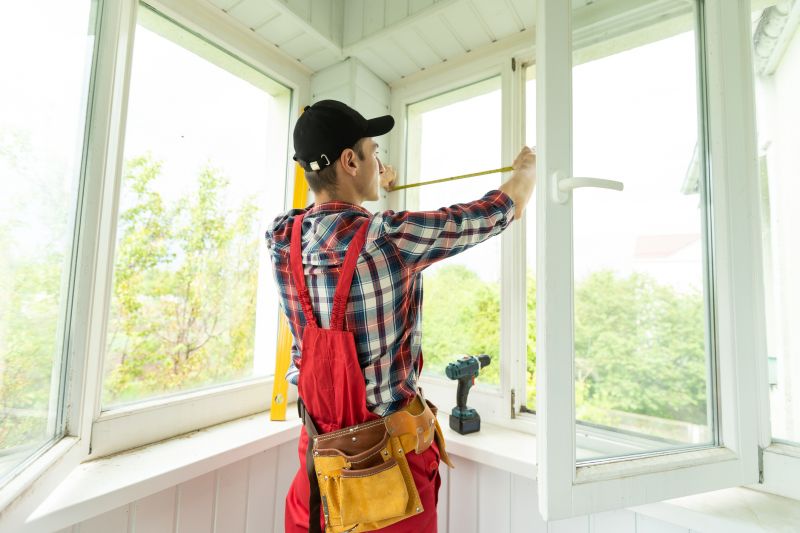
Little measurements that prevent headaches on Erosion Controls day.
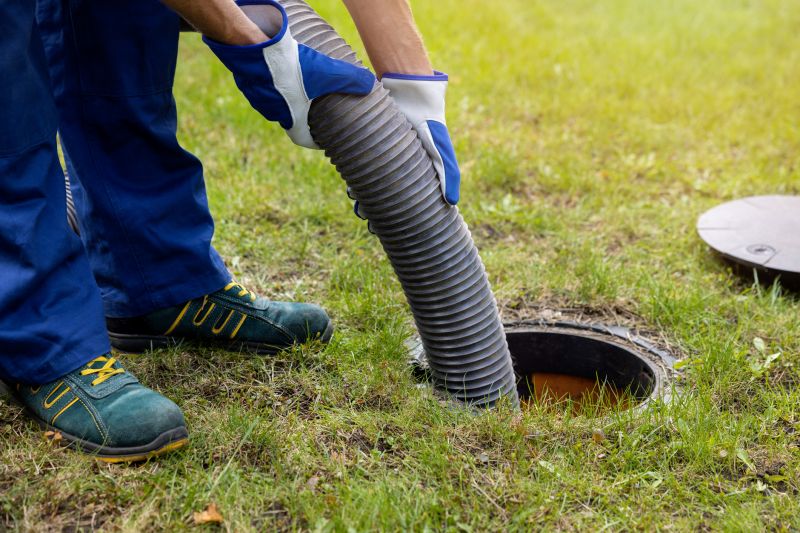
A 60-second routine that keeps Erosion Controls looking new.
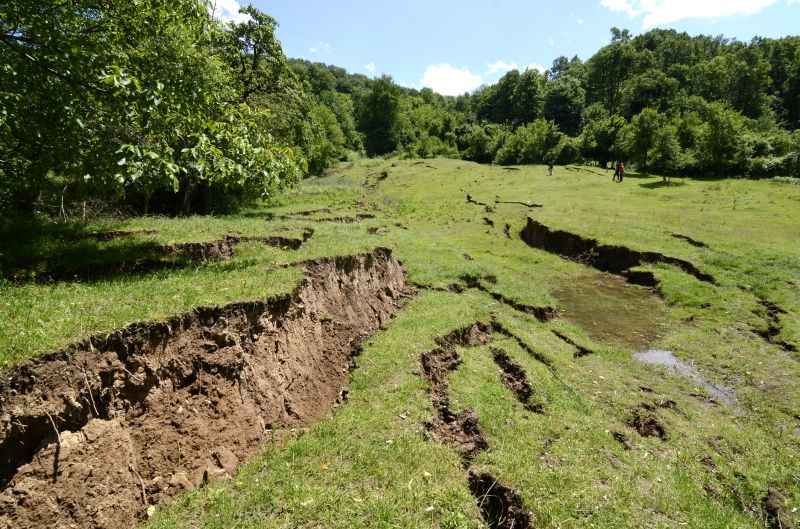
A frequent mistake in Erosion Controls and how to dodge it.

Small tweaks to make Erosion Controls safer and easier to use.
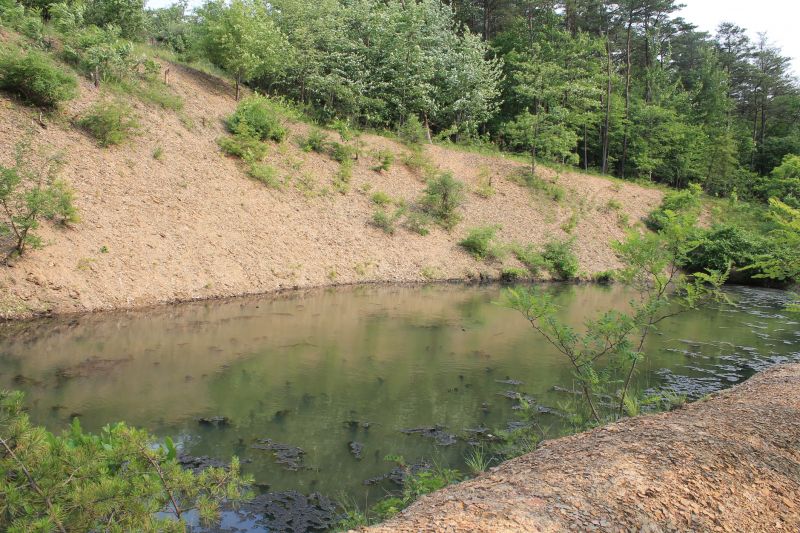
Lower-waste or water-saving choices for Erosion Controls.
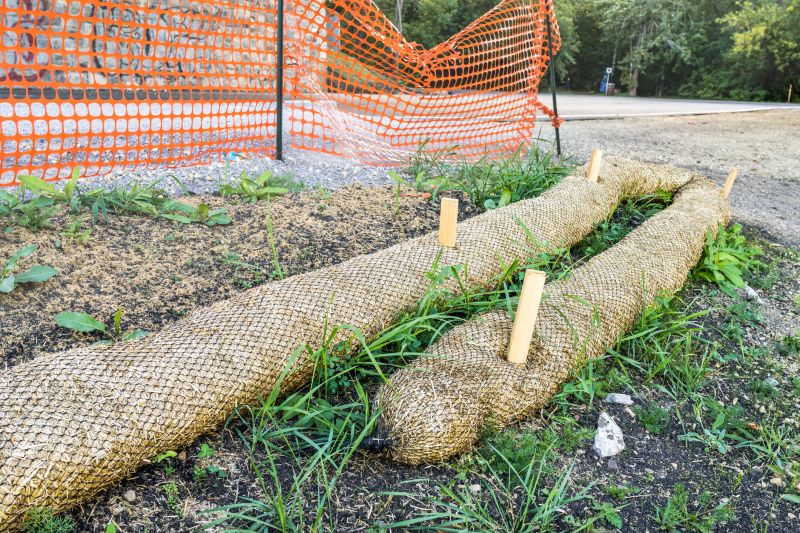
The short, realistic tool list for quality Erosion Controls.
For those interested in implementing erosion controls, it is recommended to contact professionals to assess site-specific needs and develop an effective erosion management plan. Proper timing and selection of erosion control measures are vital for safeguarding land and water resources during and after land disturbance activities.
